SUMMARY
This is AI generated summarization, which may have errors. For context, always refer to the full article.
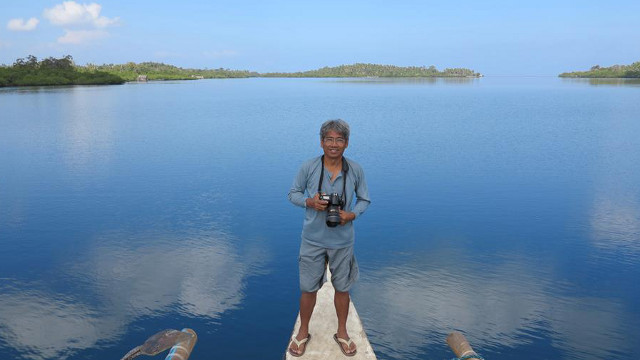
MANILA, Philippines – George Tapan is wearing a faded polo with tiny tropical islands floating on the blue fabric. His skin is tanned, his flip-flops sandy, and his watch is strapped to his wrist with a rattan woven band.
“It’s a great conversation topic wherever I go,” he tells me.
And he has gone to a lot of places. Every region in the Philippines has been the subject of his camera. He has captured images all over South East Asia, China and Europe.
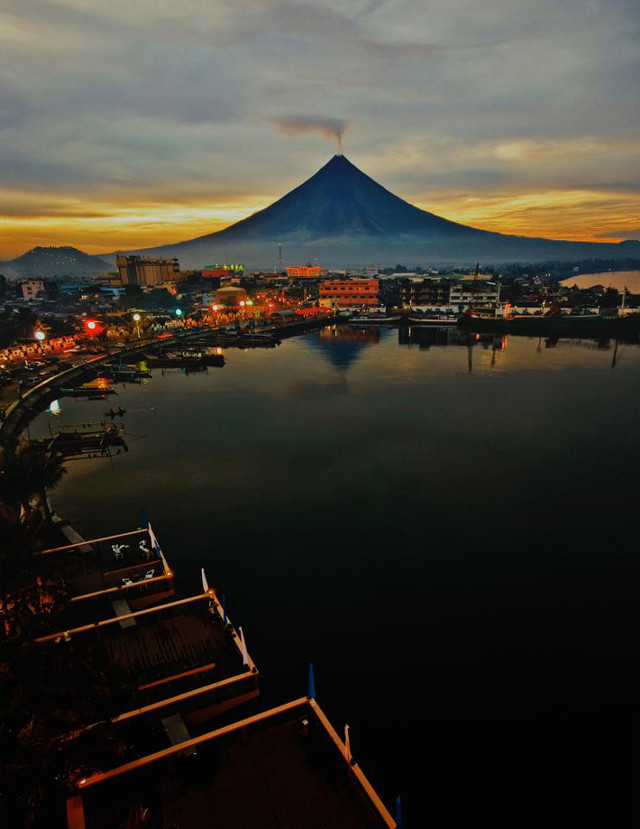
Though there are many other travel photographers who outstrip his travel log, his accolades speak for themselves. George has won two Pacific Asia Tourism Association (PATA) Gold awards, an ASEAN Tourism Association award and first place in the 2011 National Geographic Photo Contest. He has worked for the Department of Tourism and Philippine Airlines and has published 5 travel photography books.
George was not always a travel photographer. He tells me that he started out as a photographer for movie posters, shooting stills for 60s movies like Asiong Salonga. His subjects were Joseph Estrada, Fernando Poe Jr and Dolphy.
After being Erap’s campaign photographer when he ran for San Juan mayor, George shot for advertising, sports and fashion until he found travel photography at the age of 24. He recalls that his first ever assignment was Isla Verde, an island between Batangas and Puerto Galera.
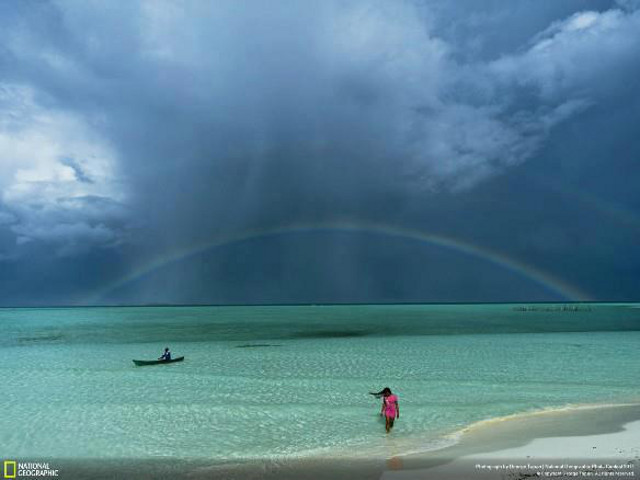
He tells his story with a glass of pineapple juice in his hand, and music playing from a nearby stereo.
What makes a good travel photograph?
A good travel photograph is what you see in the place combined with what your eyes see as a traveller. You add a detail from your perspective that makes it more interesting. If you don’t, it’s just a postcard. There’s no personality.
What elements can add “personality” to a photo?
If you’re taking a landscape of, for example, Palawan, the people who see your photo shouldn’t have to ask, “Where is this?” You can add something else to identify that it’s Palawan. You can include a person wearing native clothes in the picture.
In all my pictures—even landscape photos—I put people. That’s where you see the relationship between the photographer and the place. There should be people.
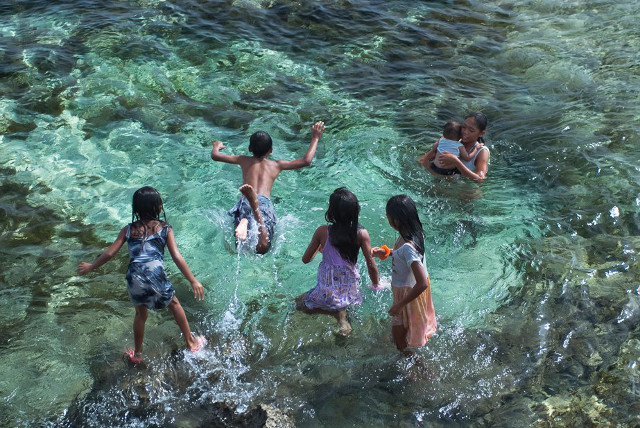
What are “don’ts” of travel photography?
Don’t make your photos artificially beautiful using post-editing. Stick to what’s real. Don’t add colors that aren’t there because that’s not what the eyes see.
Don’t saturate the colors. Stick to colors that are as close as possible to the real thing. Don’t make the background stronger than the foreground. When shooting horizons and you want your photos to be published, don’t tilt. Publications want a straight horizon.
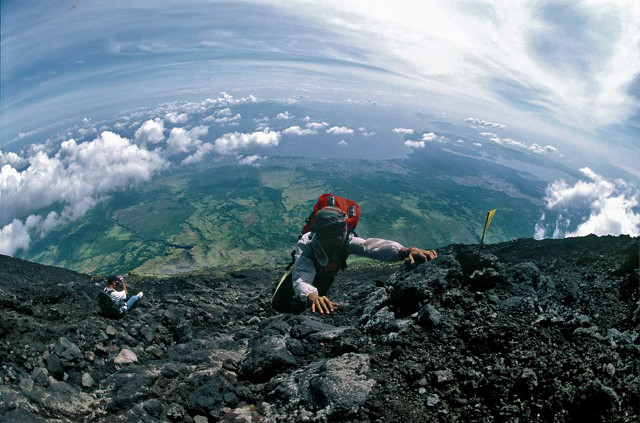
What are useful tips for travel photography?
1. Travel photography is for everybody. You don’t even need a DSLR. But never use a cellphone. Why? In a cellphone, the photos look nice on the monitor but when you print it out, it’s not as nice. You can’t blow up a cellphone picture.
2. Master your tools. You should know the colors, megapixels, exposure ratios and ISO because if you don’t know these things, you will be forced to post-edit. Know your camera, know your settings.
3. Know your location. Before taking a picture of a certain object or place, go around and look for a better vantage point. Study what the right time is to take the picture. Who should you wait for? What should you leave out of the picture? What should you include? The place can be beautiful but because you get too excited, you don’t see the posters of Smart or Globe or whatever ads. So when you use that picture, there will be distractions that you didn’t see. To make your photograph timeless, you have to think of what you should leave out. Timelessness is important for travel photography.
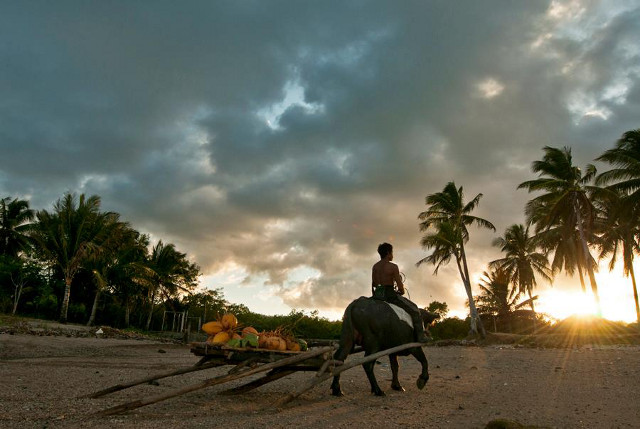
4. Shoot in a magic hour. For a beach, it needs to be noontime so that there are no shadows and the sun is white. Magic hour is after sunset and before sunrise. Wait for the sun to sink because the sunlight reflected in the sky creates beautiful colors yet your lens will not get burnt.
5. Know the risks in street photography. Ask yourself, what will I use these pictures for? Is this for publication, photojournalism? You might accidentally take a photo of a restricted area like a military installation. When you take photos of people, don’t just take close-ups left and right. You might be taking photos of famous personalities. Research about the place. Taking photos of people in Tondo can be dangerous. If you want to get an establishing shot, go to a vantage point that’s safe. Don’t just click and click. Ask if you can take their pictures. Diskarte lang (It’s just improvisation).
6. Wear comfortable and appropriate clothes. Dress in a way that won’t call attention to the fact you’re a photographer. Don’t bring a big camera bag. Your subjects will get conscious.
7. Make a list of what to bring. Extra battery, extra protection for your camera (anything plastic), extra lens, extra CF card.

What is your recommended lens?
For travel photography, you must have a wide-angle lens and telephoto lens. There are zoom lens nowadays that go from wide-angle to telephoto. For wide-angle, I recommend 14 millimeter or 18 millimeter.
What cameras do you use?
For digital, I use Nikon D800 and Fujifilm XPro. I have Leica and Hasselblad film cameras.
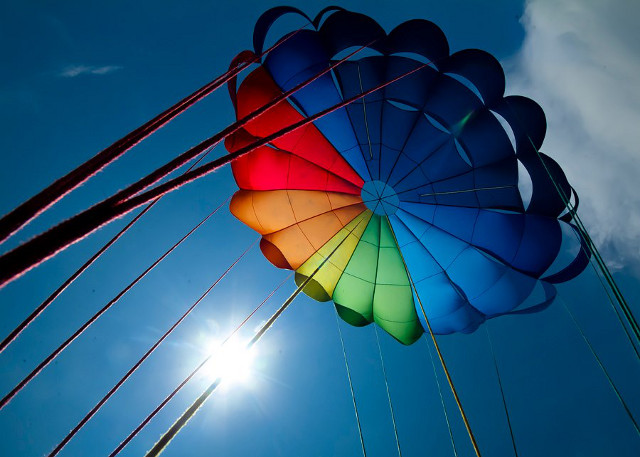
What’s the best way to learn travel photography?
Read books, any book on photography. Get the books on whatever you like. Look for nice magazines related to travel: Conde Naste, National Geographic Traveller. So your eyes can see the rules. You’ll know what editors and art directors like, why a photo is published. Watch movies with beautiful cinematography. I watch movies related to travel.
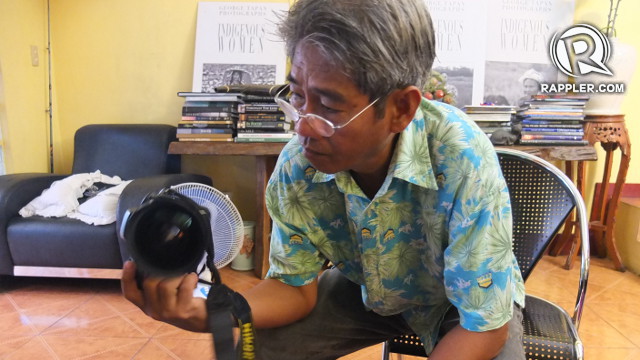
After showing me his cameras and kissing his grandson Kyle goodbye, George leaves his house to judge a photography contest in Caloocan. He will be leaving Manila the next day to start on a new book in Albay.
At the age of 64, George knows his love affair with photography is more than a fling.
“Travel photography is not just my lifestyle,” he says. “It’s my life.” – Rappler.com
Add a comment
How does this make you feel?
There are no comments yet. Add your comment to start the conversation.